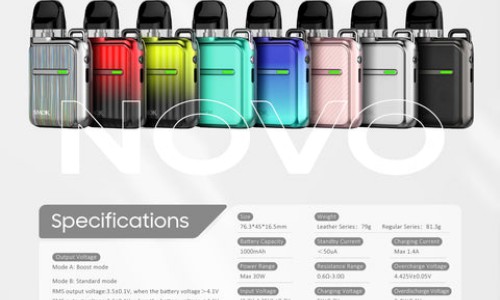
Nicotine Addiction and Vaping: Understanding the Risks
Summary
Nicotine addiction through vaping has emerged as a significant public health concern, prompting a need for comprehensive understanding of its associated risks. This article explores the characteristics of vaping products, user experiences, comparisons with competitors, advantages and disadvantages, and identifies the target user demographic.

1. Product Characteristics
Vaping devices are designed to replicate the experience of smoking traditional tobacco products while delivering nicotine in varying concentrations. Most vaping products consist of a battery, a heating element, and e-liquid, which contains nicotine, flavorings, and other chemicals. Notably, the compact and portable nature of these devices, coupled with a wide variety of flavor options, appeal to users seeking an alternative to smoking. Furthermore, many products offer customization features, allowing users to adjust wattage and temperature settings.
2. User Experience
User experience with vaping products differs significantly from traditional cigarettes. Many users report a smoother inhalation process, a reduction in bad odor, and a broader palette of flavors. The act of vaping often fosters a sense of community among users, especially in social settings where the exchange of device customization tips and flavor recommendations is common. Despite this, emerging research indicates that the rapid intake of nicotine through vaping can lead to increased addiction potential, which may affect the user experience negatively.
3. Comparison with Competitors
When compared to traditional cigarettes, vaping presents itself as a potentially less harmful alternative. However, it competes with various nicotine delivery systems, including nicotine replacement therapies such as gums and patches. While traditional cigarettes are known for their significant health risks, vaping is still under scrutiny as long-term health effects are yet to be fully understood. In contrast, tobacco-free nicotine pouches have gained popularity, providing a smoke-free alternative with a different consumption method.
4. Advantages
The advantages of vaping include the absence of tar and many harmful substances found in combustible tobacco products. Users can enjoy a degree of control over nicotine intake and a plethora of flavor choices, enhancing the overall experience. Additionally, vaping is often seen as less socially stigmatizing than smoking in many environments, providing a sense of freedom for users to partake in activities without the associated health-conscious judgments faced by smokers.
5. Disadvantages
Despite the advantages, there are significant drawbacks to vaping. The potential for nicotine addiction remains a pressing concern, particularly among younger demographics. The long-term health effects of vaping are still being evaluated, with studies linking it to respiratory issues and other health risks. Furthermore, the presence of potentially harmful chemicals in e-liquids raises questions about the safety and regulation of vaping products.
6. Target User Demographics
The primary users of vaping products include current or former tobacco smokers seeking to reduce their health risks or quit smoking altogether. Additionally, younger adults, drawn by attractive flavors and social connectivity, are increasingly engaging with vaping. The convenience of vaping devices, along with ongoing marketing efforts, is likely to appeal to tech-savvy individuals looking for an alternative nicotinerelated lifestyle.
In conclusion, understanding the risks associated with nicotine addiction and vaping requires an evaluation of the product’s features, user experiences, advantages, and drawbacks within the competitive landscape. As regulations continue to evolve, staying informed about these elements is crucial for both consumers and public health organizations.


